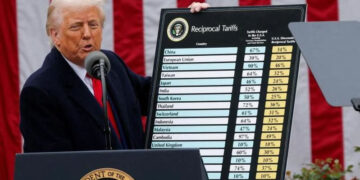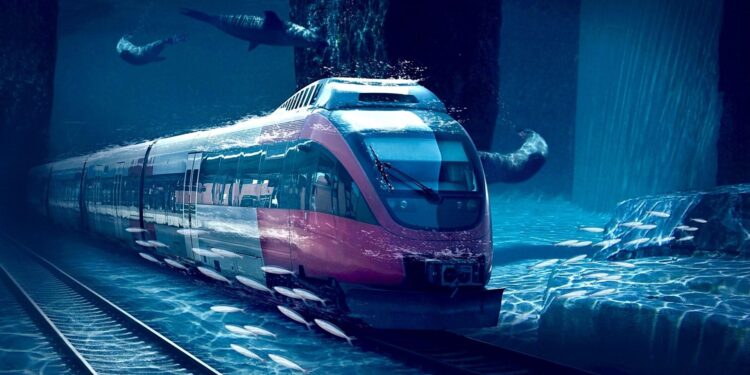By John Ikani
Imagine zipping from Madrid to Casablanca in just over five hours – not by plane, but by train! What was once science fiction could become reality by 2030, thanks to a proposed high-speed rail tunnel under the Strait of Gibraltar.
The ambitious project, first discussed by Spain and Morocco in 1979, is gaining renewed momentum. The driving force? The 2030 FIFA World Cup, a historic joint bid by Spain, Morocco, and Portugal.
Fans from all three nations deserve a seamless travel experience between matches, and a 21st-century marvel like this tunnel could deliver.
Both Spain and Morocco are actively researching the project’s feasibility. The Moroccan National Company for Strait Studies (SNED) is leading the charge for their side, while Spain’s Society for Fixed Communication Studies across the Strait of Gibraltar (SECEGSA) began investigations last year.
Morocco’s 2023 completion of its high-speed rail line between Casablanca and Tangier serves as a key catalyst. This project not only established the nation’s commitment to advanced rail infrastructure but also solidified its position as the African continent’s high-speed rail leader.
At its narrowest point, the Strait of Gibraltar separates Europe and Africa by a mere nine miles. This proposed tunnel would bridge the gap, offering unparalleled convenience.
Notably, the rail will slash travel time between Madrid and Casablanca from a current 12 hours (car and ferry) or 2 hours (flight, with airport travel factored in) to a swift five and a half hours.
The route would begin in Madrid, with a stop in the southern Spanish city of Algeciras, near the Strait. The train would then plunge beneath the sea floor, traversing a tunnel between Punta Paloma in Spain and Punta Malabata in Morocco.
Tangier would be the first stop on Moroccan soil, followed by the final destination of Casablanca.
This 26-mile stretch would feature a 17-mile underwater segment, reaching depths of nearly 1,000 feet below sea level with a maximum incline of 3%. This groundbreaking connection would be the first of its kind between continents.
Beyond facilitating World Cup travel, it would unlock existing rail networks in both countries, fostering deeper economic and cultural ties.
SECEGSA estimates the tunnel could transport a staggering 12.8 million passengers annually between Europe and Africa. While construction costs remain under wraps, estimates hover around $7-8 billion.
Financing details are yet to be finalized, but collaboration between Spain, Morocco, and potentially the European Union seems likely.
No official start date or deadline has been announced, but with the rising popularity of high-speed rail across Europe, this innovative and exciting project has a real chance of becoming a reality.




































